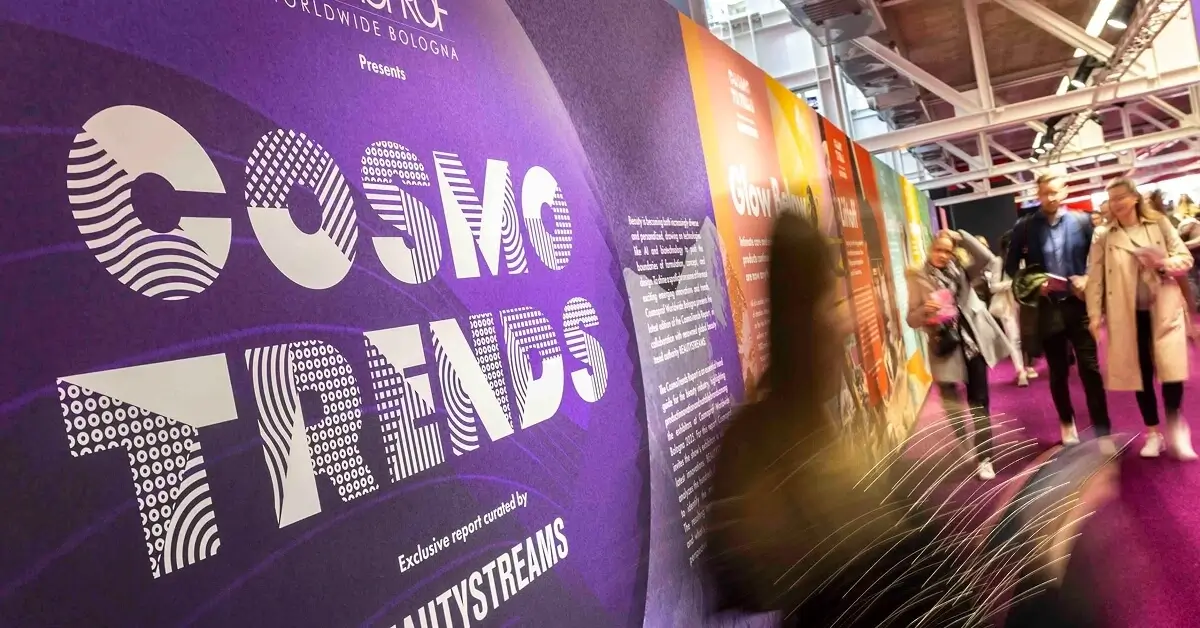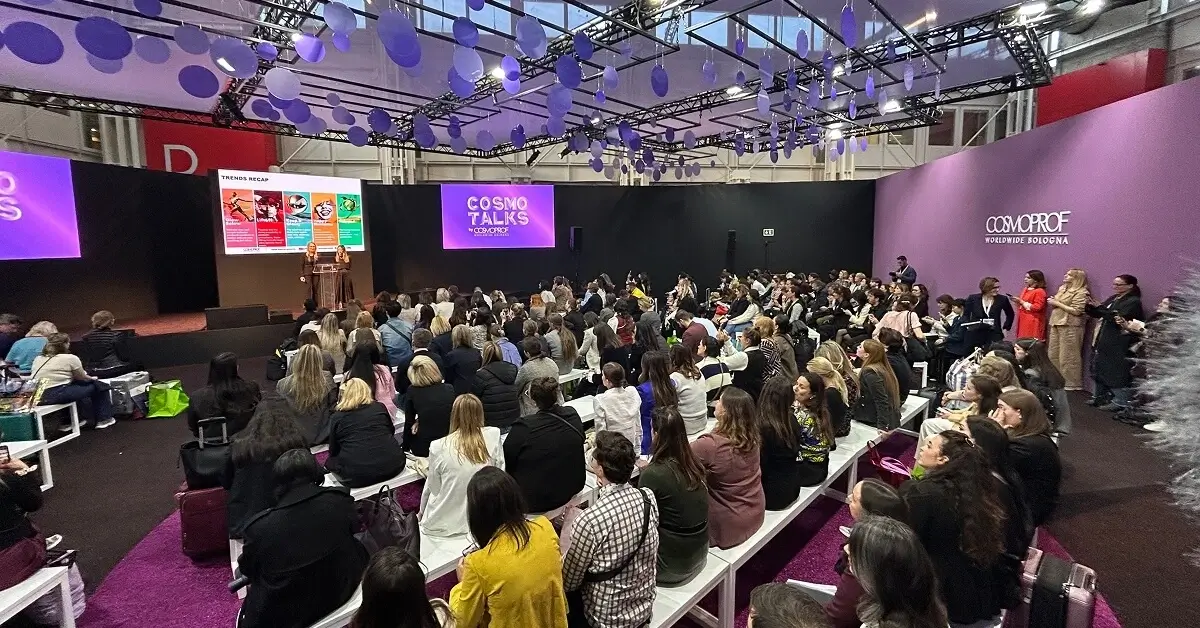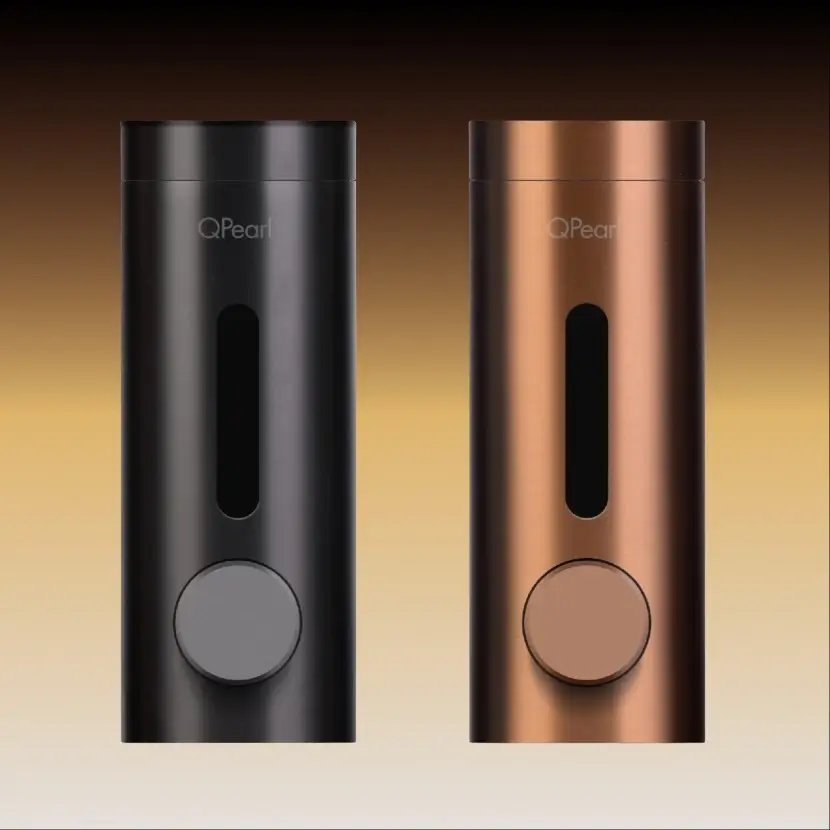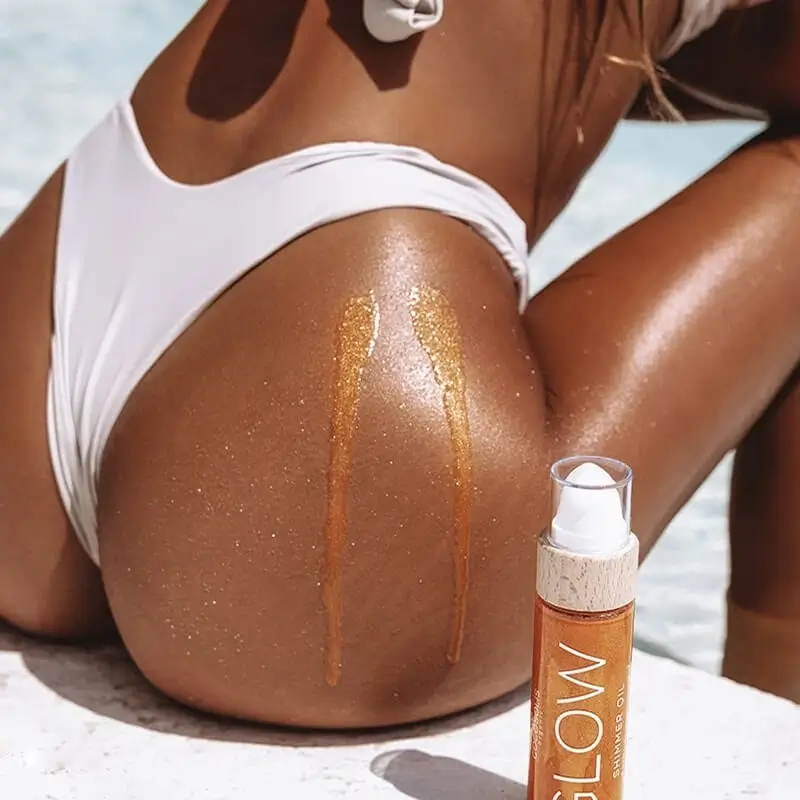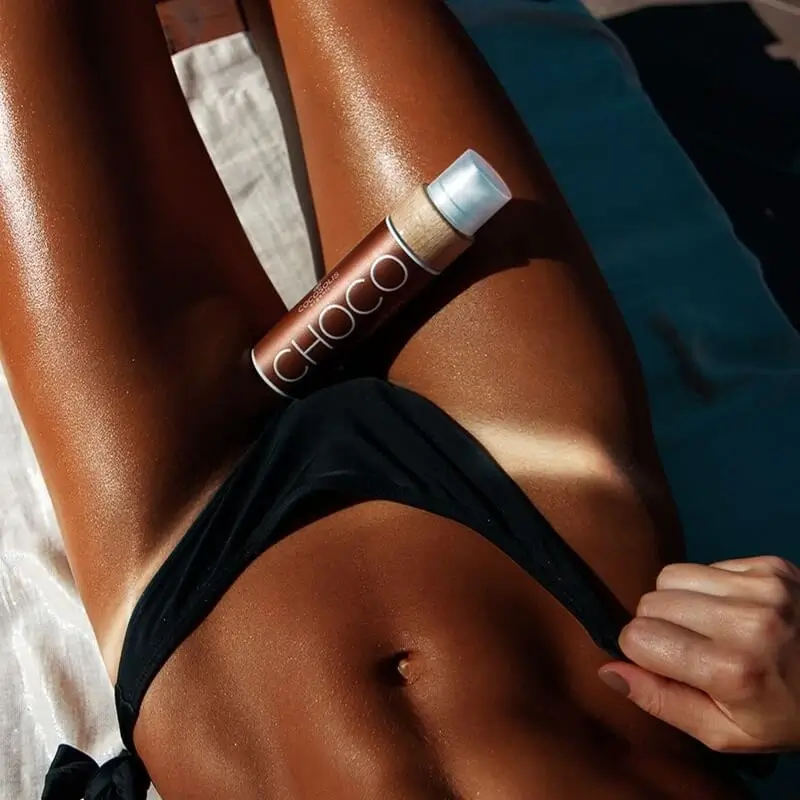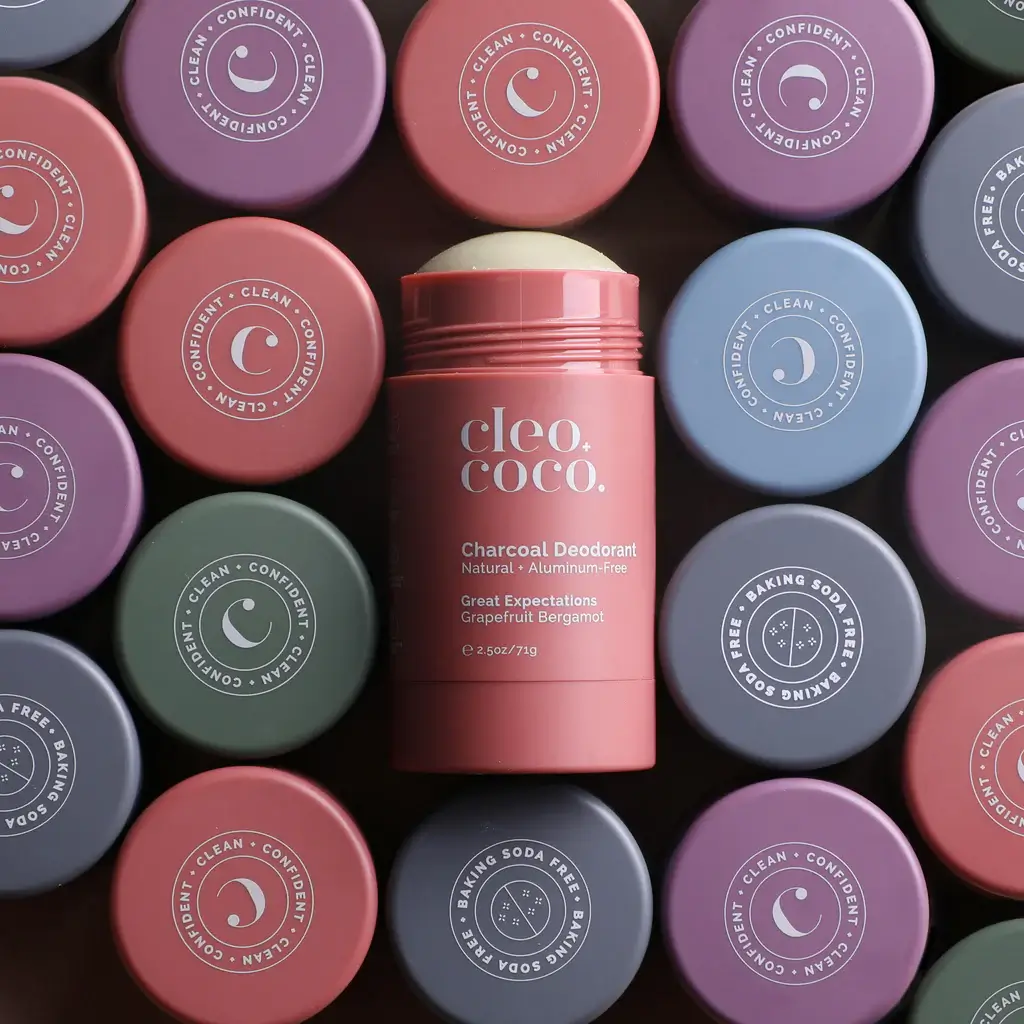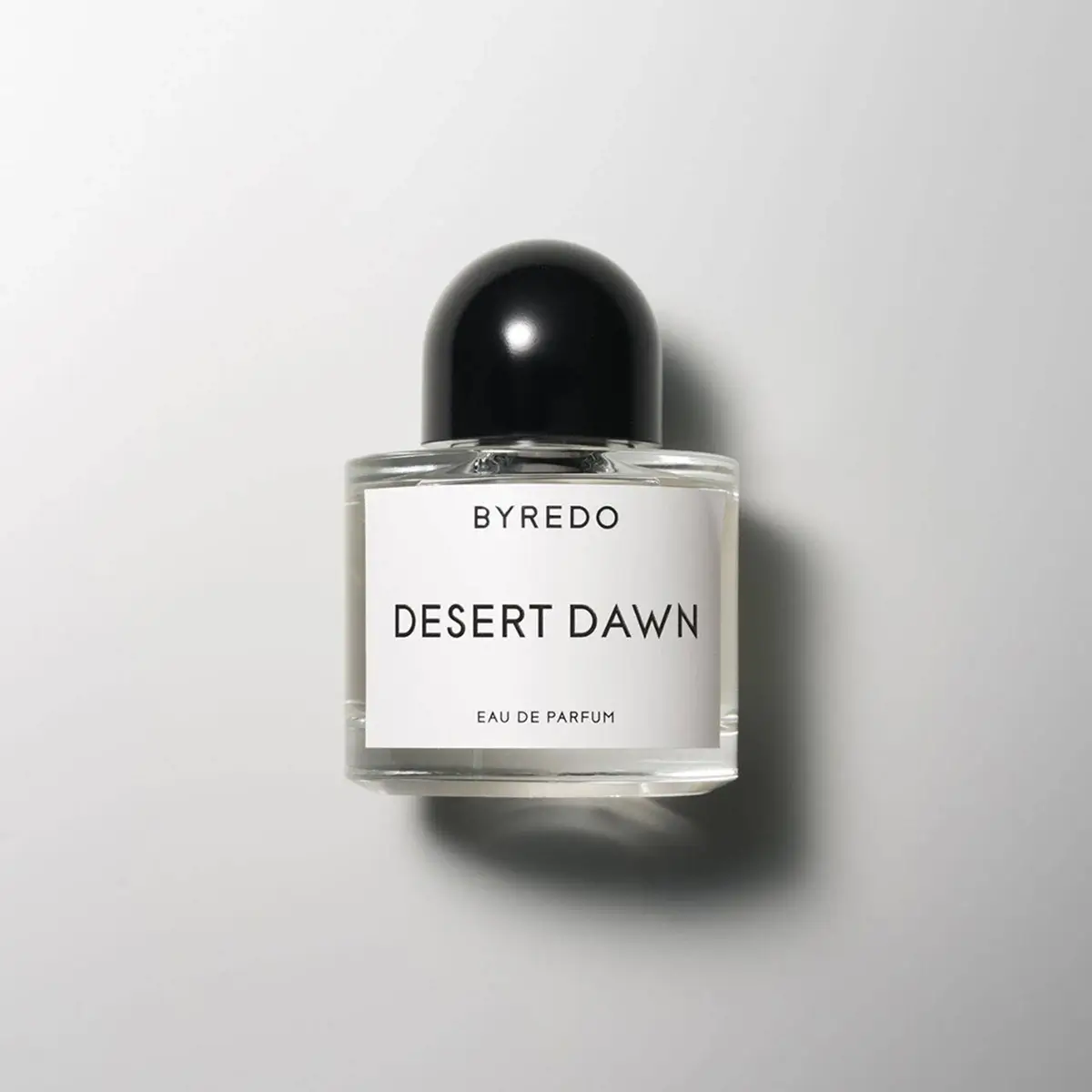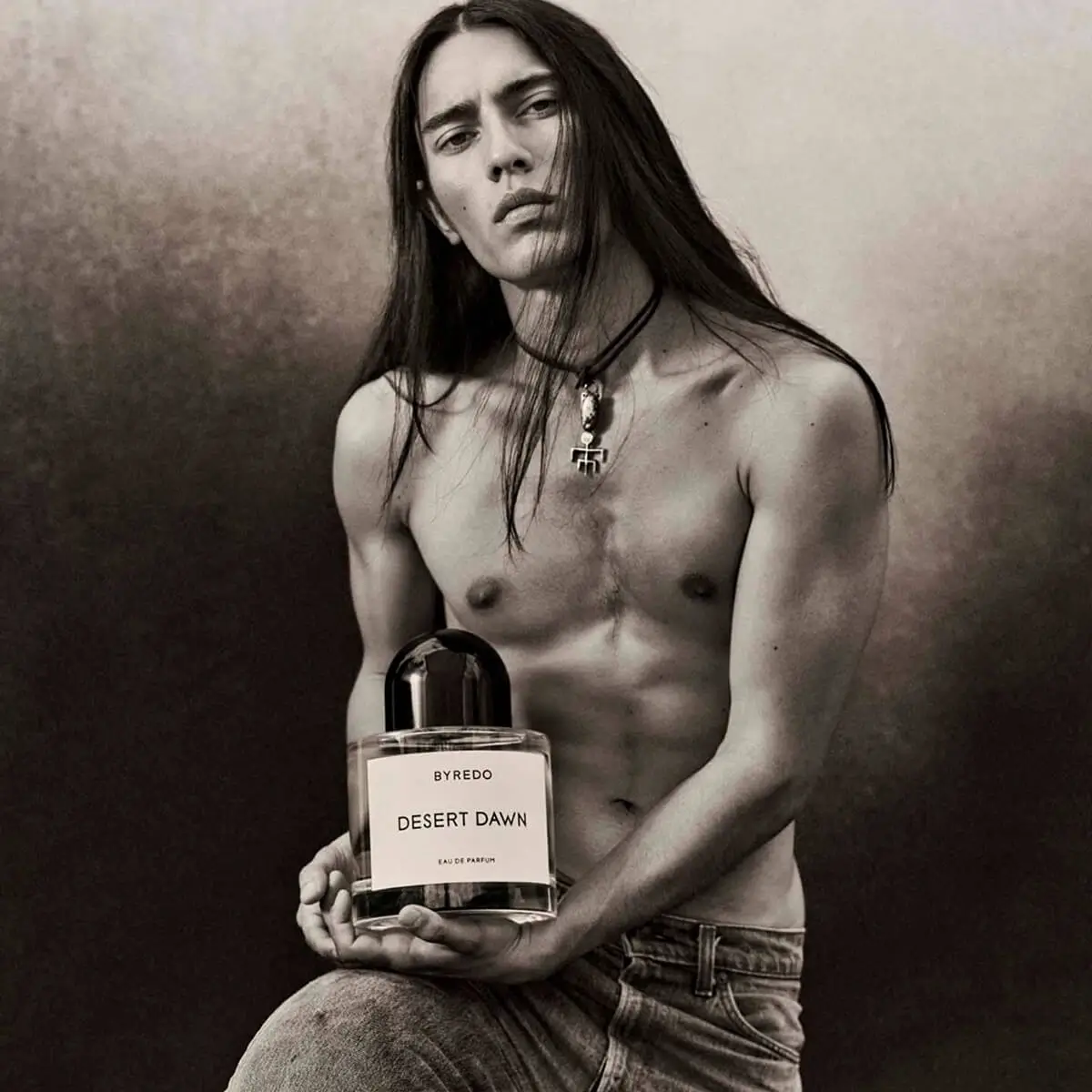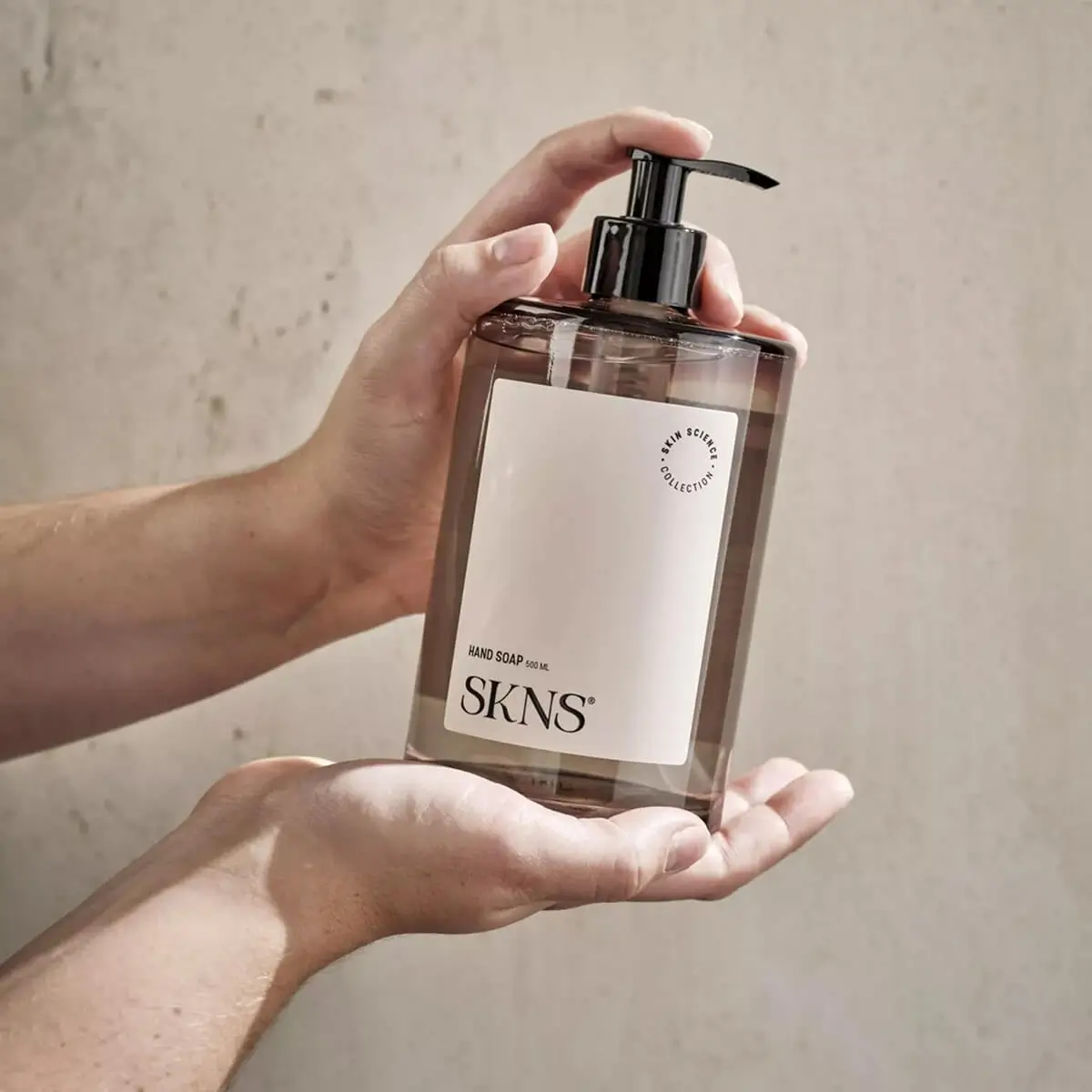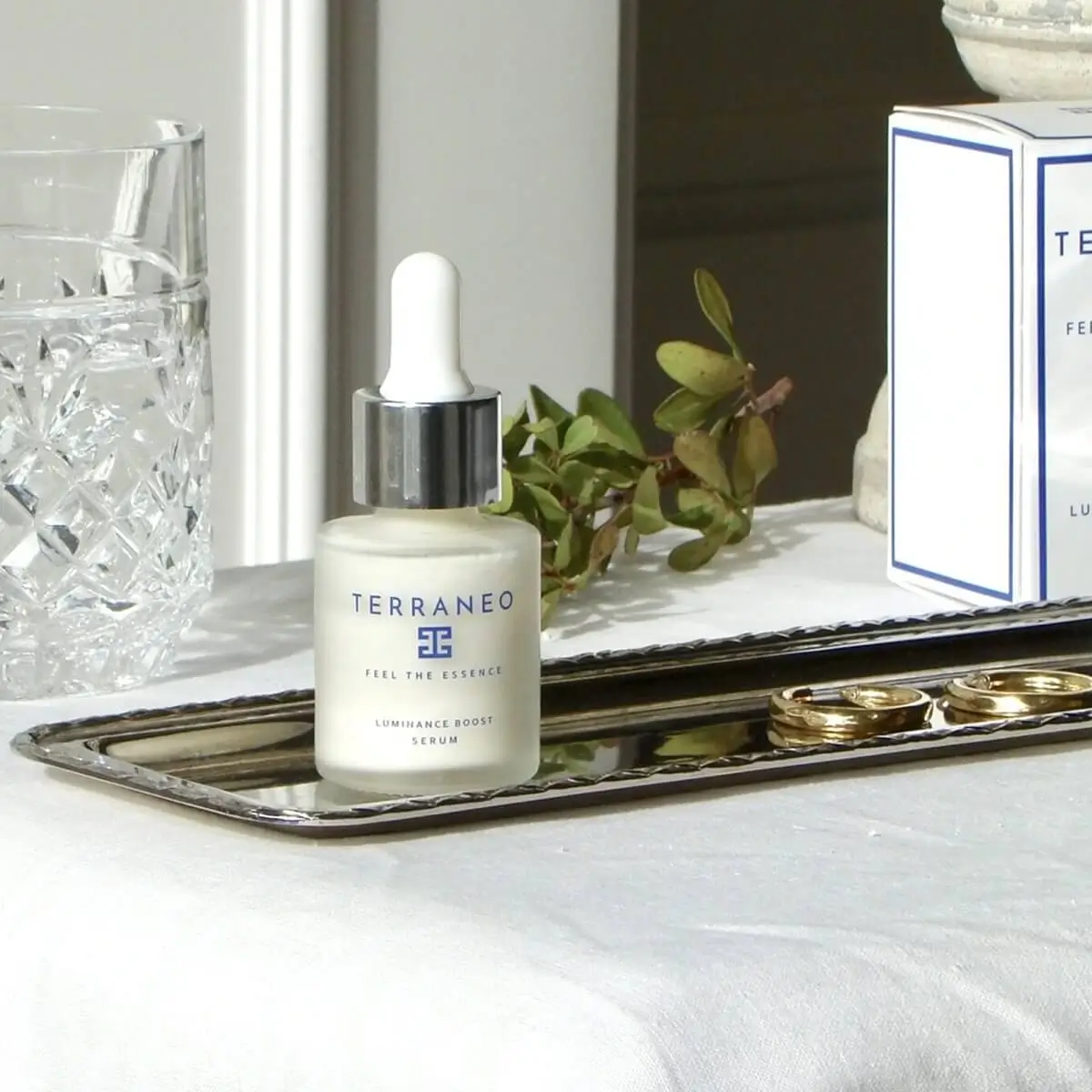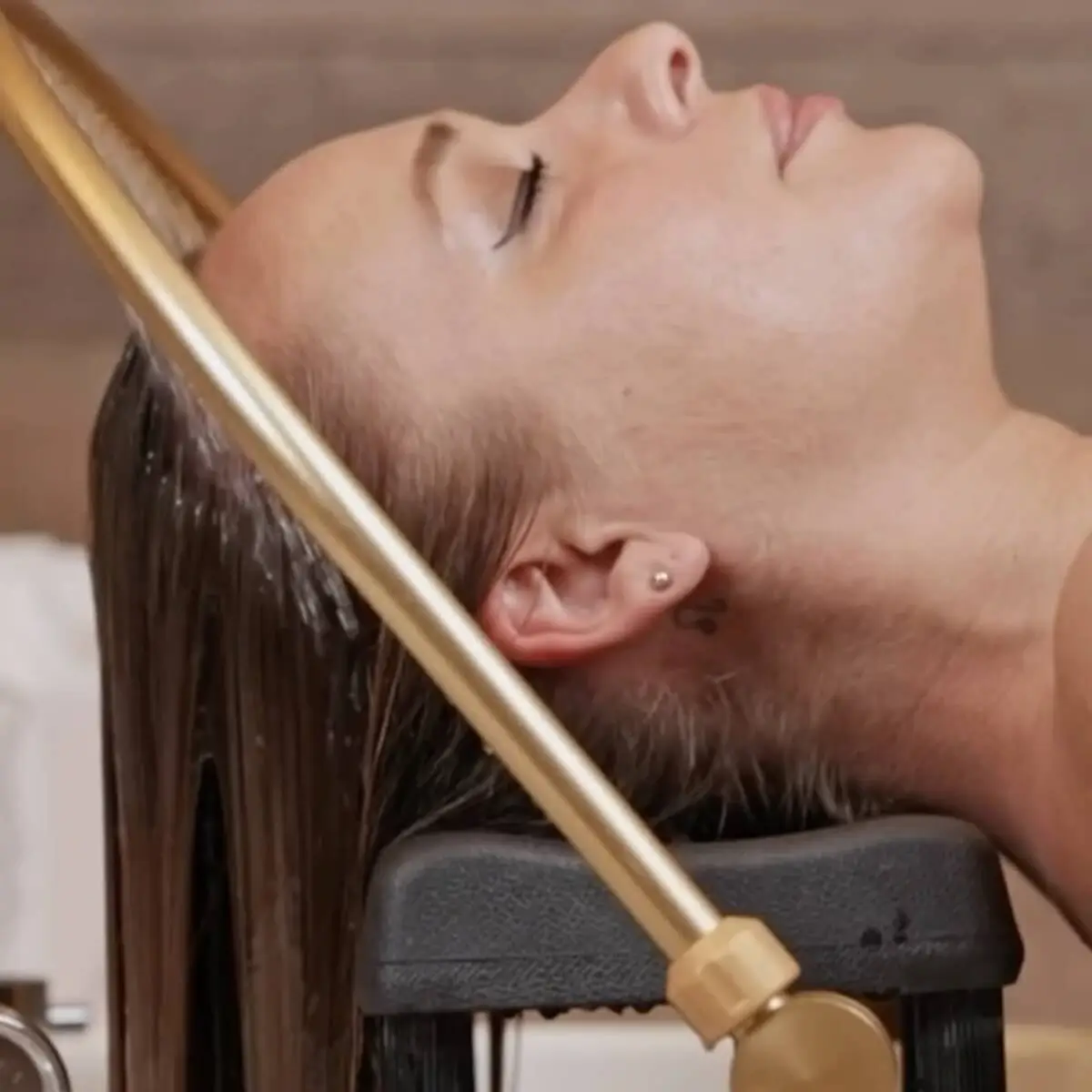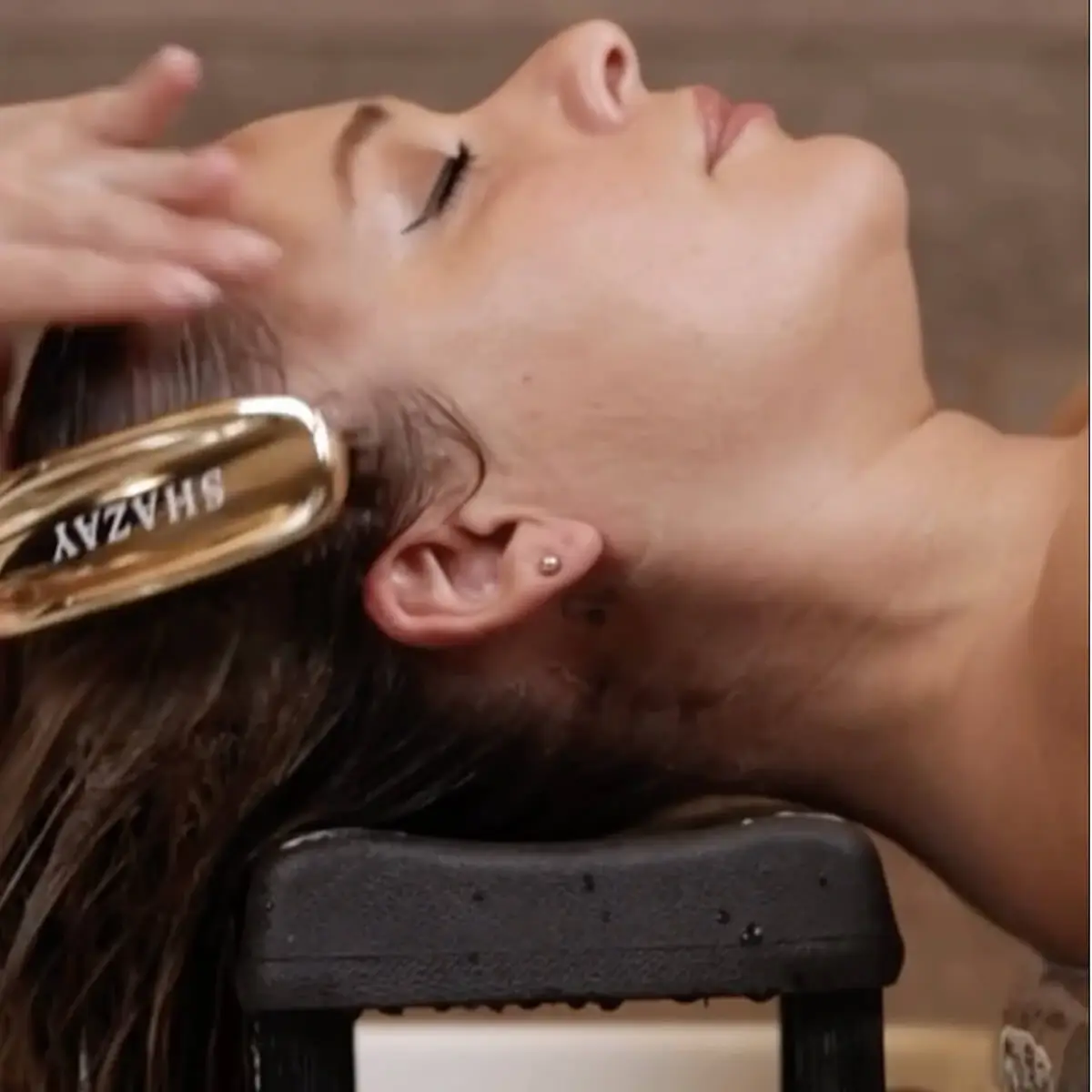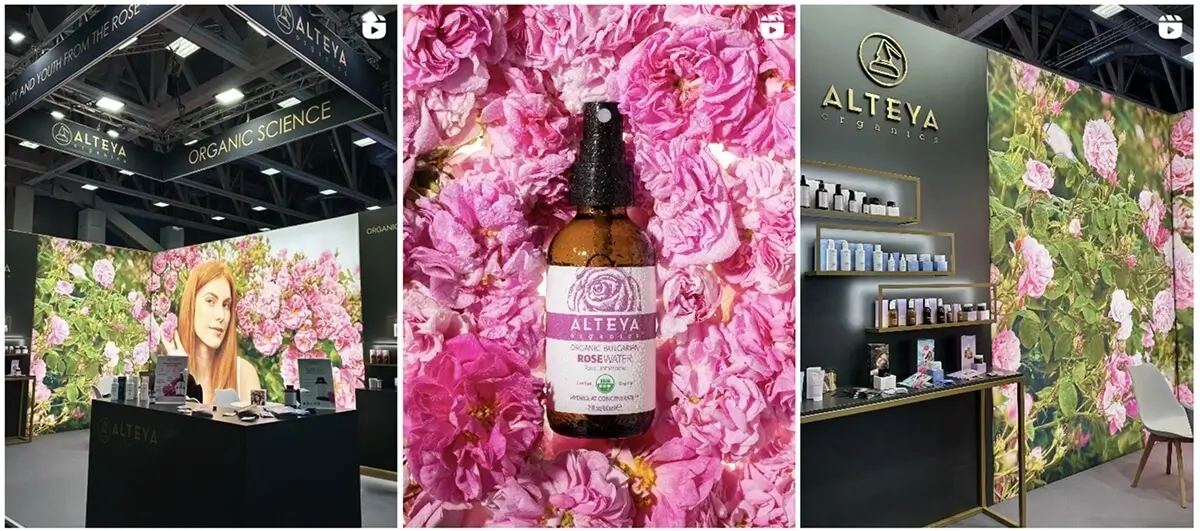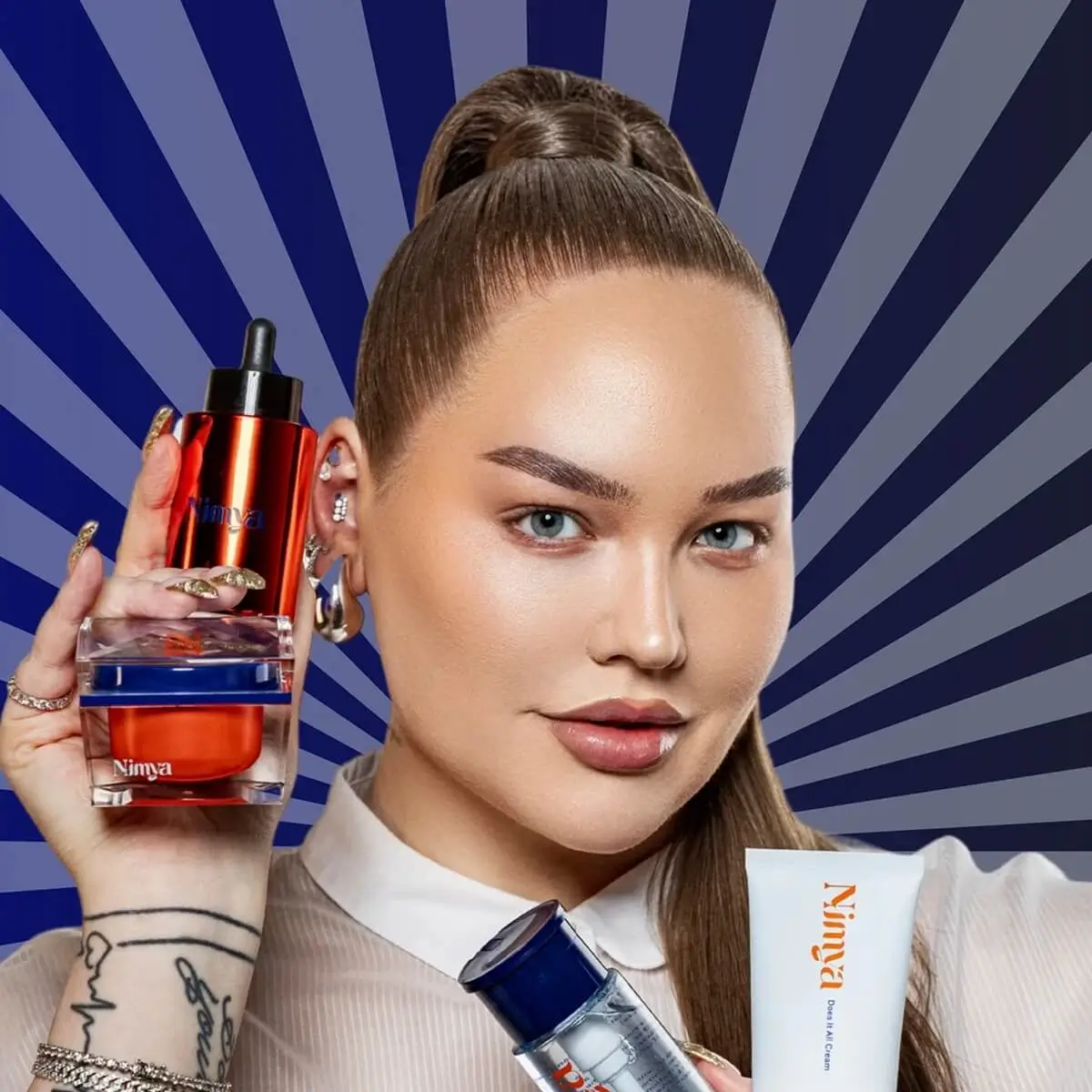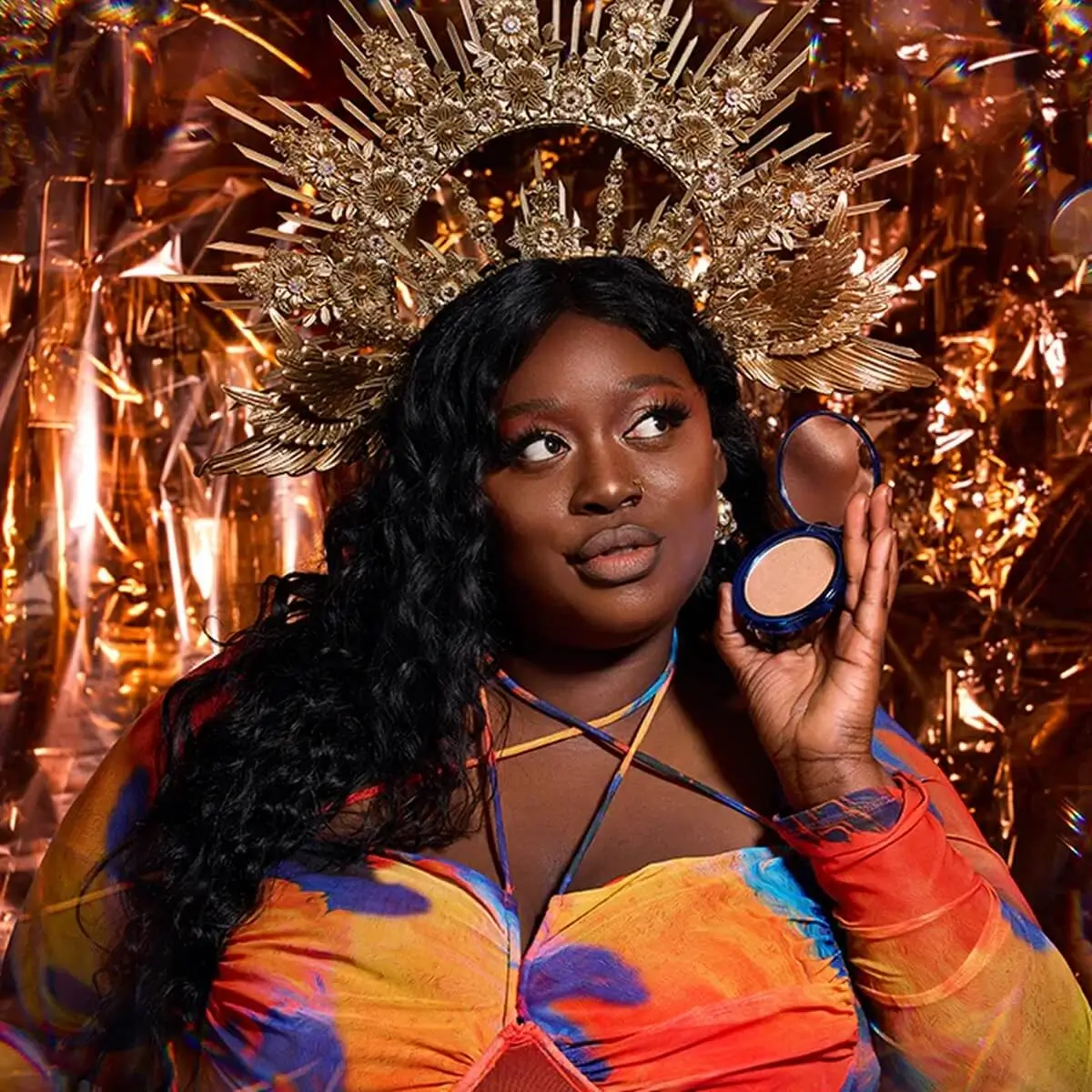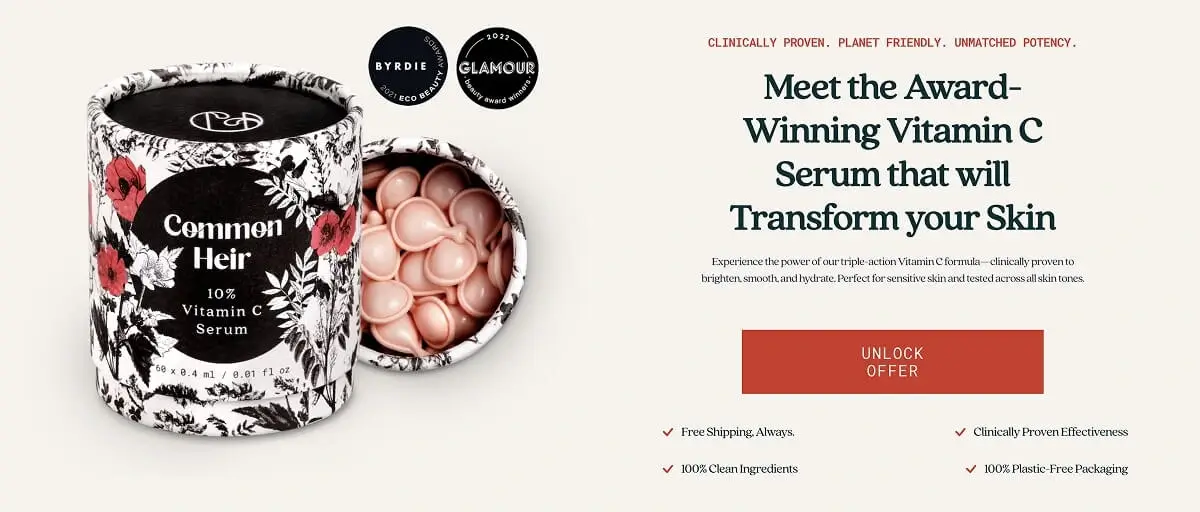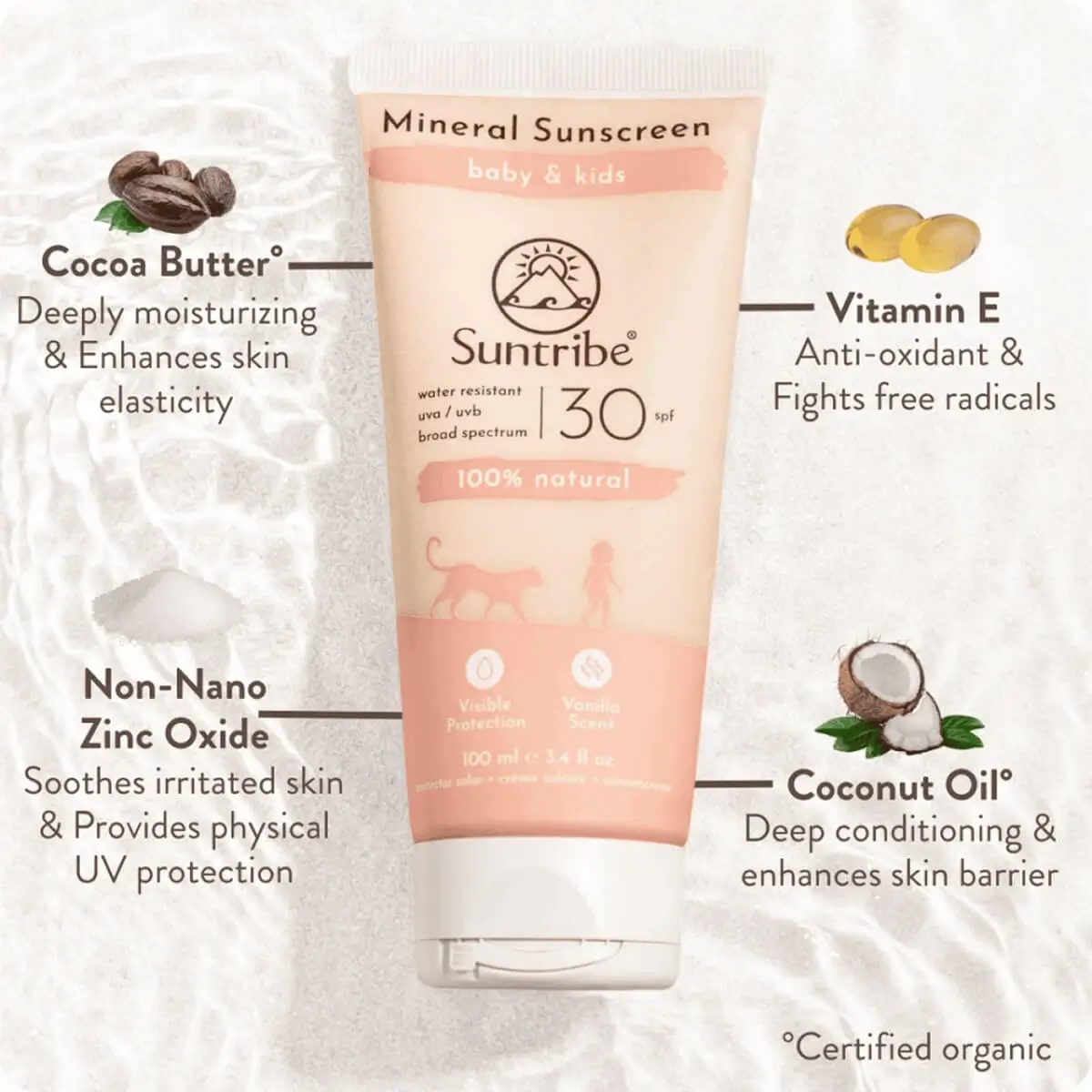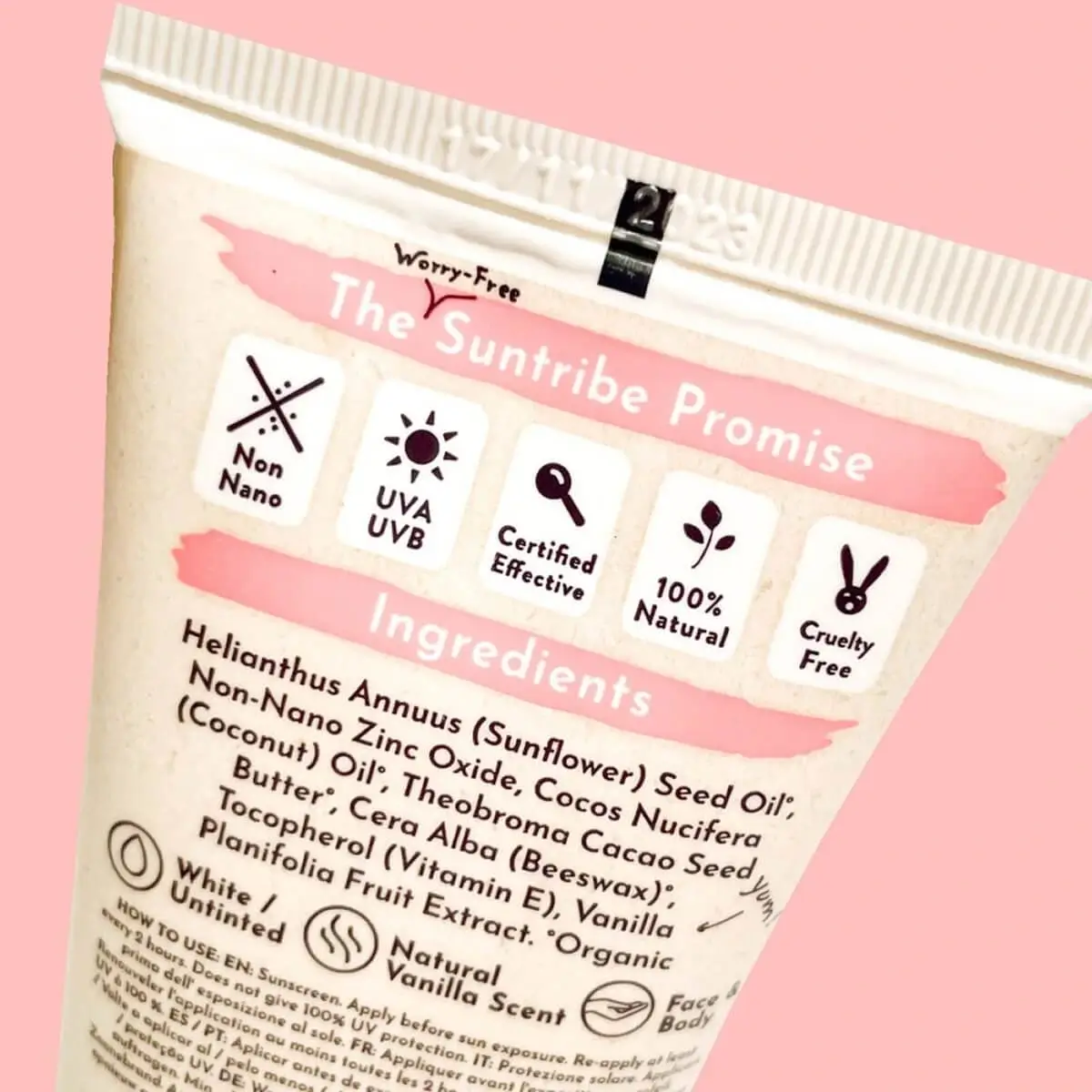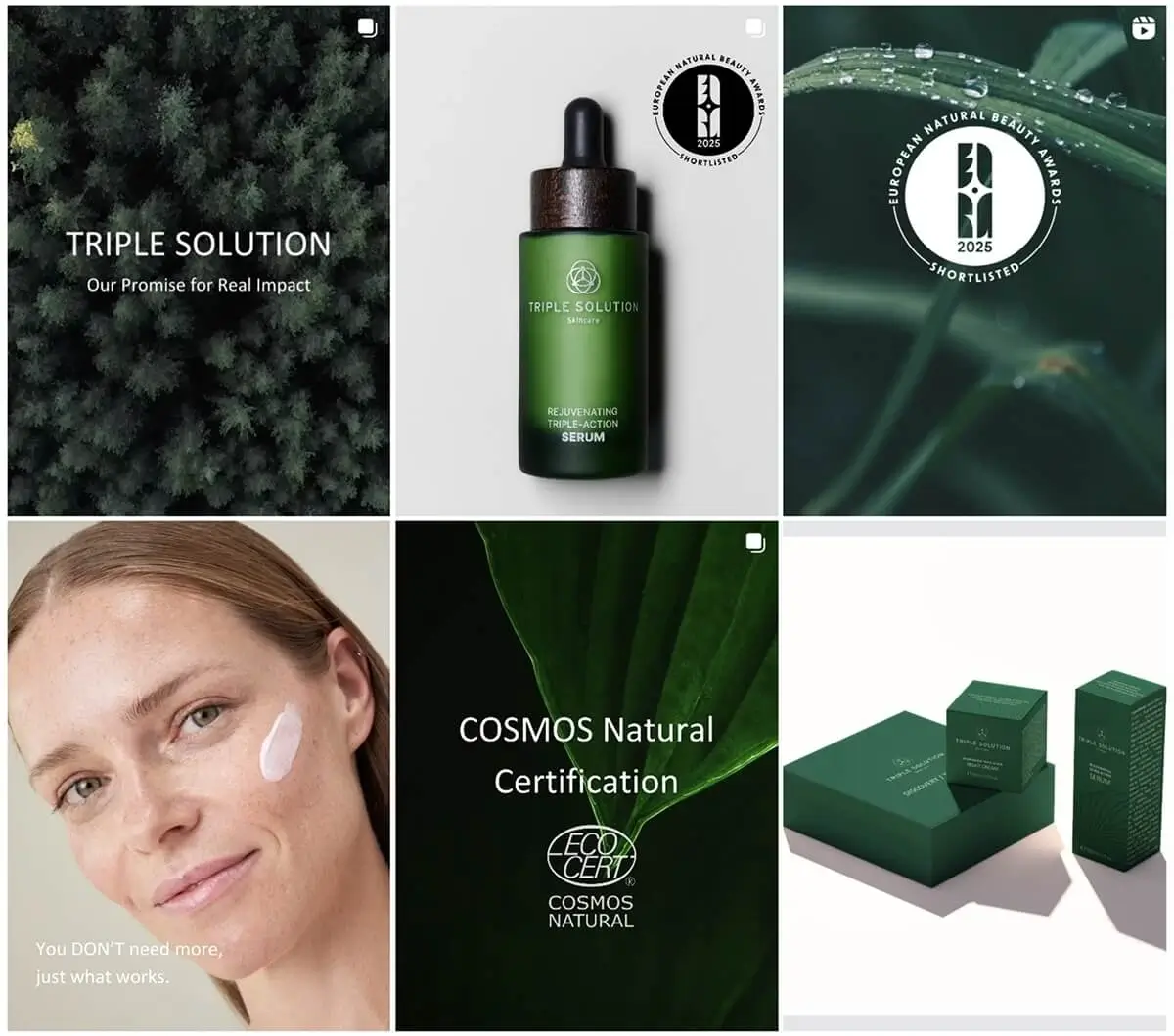1. Branding in the Era of Overchoice
Walk into any beauty aisle, open TikTok, or browse an online store, and you’ll find yourself instantly overwhelmed. Not by lack of quality, but by excess.
Thousands of brands promise glow, purity, clinical results, “clean” formulas, emotional uplift, and cultural relevance – all within seconds of first glance. Personally, I had the same impression at Cosmoprof Bologna, where I visited over 60 skincare exhibitor booths and interviewed 39 of them.
In this crowded, fast-moving landscape, great branding isn’t optional, it’s your entry ticket.
But here’s the shift: the strongest beauty brands in 2025 aren’t winning because they shout louder. They’re winning because they resonate deeper. They speak in emotions, not just benefits. They create an instant sense of “I see myself in this.”
This is where visual identity and emotional storytelling become more than creative decisions. They become strategic tools for building belonging, loyalty, and brand heat.
At Cosmoprof Bologna 2025, one recurring insight emerged across panel discussions and founder conversations: in today’s beauty world, design is emotion. Story is structure. And without both, even a great product risks disappearing in the noise.
This article dives into how brands are moving beyond surface-level aesthetics and building sensorial, soulful, story-rich ecosystems that create instant connection and long-term loyalty.
Because in an industry overflowing with options:
How you look and what you mean might just matter more than what you sell.
2. The Power of First Impressions: Visual Identity That Connects
In beauty, a product is judged before it’s ever opened, often before it’s even touched.
Packaging isn’t just branding. It’s your first conversation with the customer.
As shared in the Cosmoprof Bologna design panel.
Panelists repeatedly emphasized the urgency of this moment: with shelves overcrowded and attention spans shorter than ever, your visual identity has to speak instantly and emotionally.
A brand’s look must now do more than please the eye. It must evoke a feeling, stand for a story, and spark curiosity.
QUICK INTERVIEW W/ BEAUTY BRAND MARKETERS
How do you connect with customers beyond product features or ingredients?
‘This is a beautiful question. We connect through values, reminding our customers that beauty isn’t about appearance, but about presence, care, and how we show up in the world.
In a culture that often pressures us to look a certain way, we give a gentle alternative of mindful rituals that honor what we’ve achieved and who we are becoming.
That inner glow (that word is all over our Instagram!), meaning born from self-respect and daily moments of calm, is what we call Timeless Beauty.’
Kristína Levkovičová, Marketing Manager of BEAUHEI::T
A brand’s look must now do more than please the eye. It must evoke a feeling, stand for a story, and spark curiosity.
Meet the Cosmoprof Trends featured QPearl. As they describe the product: ‘Each pearl encapsulates a luxurious, double-patented shampoo and body wash formulation, offering a convenient, zero-waste solution for your personal care routine.’
As one speaker put it:
Design is not decoration – it’s emotional language.
Emotional Disruption: Design That Stands Out and Sinks In
What’s working now? Not minimal beige. Not another all-white shelf set.
Brands are using bold, tactile, and even disruptive packaging choices to break monotony and trigger emotion.
Cocosolis uses bold packaging and has built its communication strategy on sensory marketing.
Take People Haircare, a Gen Z-friendly brand that uses bold fonts, vibrant gradients, and playful product names to signal personality and energy. Their bottles don’t whisper, they start a conversation, even from a distance. (Australia to be exact 🙂 )
Another standout example from the panel: Cleo+Coco, a sustainable personal care brand. Their stick deodorants are wrapped in pastel matte packaging that feels as soft and intentional as the product itself – sensory, calming, almost object-like. The design delivers the experience before the product does.
Texture, Color, and Cultural Coding
Panelists also explored how color theory, material finish, and even packaging weight can tap into cultural cues and emotional recall.
In markets like Italy and France, elegance still reigns, but it’s being reinterpreted through softness, raw textures, and minimalist asymmetry. Meanwhile, in the Gulf States and parts of Asia, weight, gloss, and gold foiling still play into luxury narratives, but brands are starting to balance that with growing interest in sustainability.
The takeaway? Your brand’s visual style (color, packaging, design, etc.) should reflect how your consumer wants to feel, not just what the product does.
Byredo parfume – Their fragrance and makeup lines use stark, editorial visuals with minimalist packaging that feels artsy, moody, and high-end.
From Attention to Attachment
Design isn’t just about grabbing attention anymore. It’s about building a bond that keeps them coming back.
Whether it’s SKNS’s glass packaging that feels clinical yet warm, or Terraneo’s ceramic-inspired designs that nod to Mediterranean heritage, the brands that stand out in 2025 are the ones that don’t just look good – they feel meaningful.
3. Storytelling Beyond the Bio: Sensory Branding and Micro-Narratives
Storytelling used to be a paragraph or a subpage on your website. Maybe a few lines on your packaging. In 2025, that’s not even close to enough.
Today, brands are telling stories across every sense – in scent, sound, texture, product naming, and even retail playlists.
Storytelling in Scent, Texture, and Touch
The panel discussed how smart brands are weaving stories into how their products look, feel, and smell.
One example: Shazay, a German luxury haircare brand, doesn’t just offer a product, they offer a 90-minute “scalp and soul” spa ritual. Every step of the experience, from the warm towel to the product scent to the slow massage technique, is designed to anchor the brand in serenity and inner glow.
A glimpse of Shazay’s head spa treatment
Another standout: Q Pearl. Instead of relying on conventional messaging, they build desire through visual ritual and tactility. Their pearl-based skincare line is introduced through small, elegant scoops and sensual textures that align with the brand’s message of “subtle elegance through care.”
One of my favorite quotes from the beauty panel is this:
‘Every single contact point – how a cap clicks, how a scent unfolds, how a name sounds – tells part of your story’ one panelist said. ‘You’re not selling product. You’re selling meaning in motion.’
Micro-Narratives That Stick
Consumers don’t always remember brand missions, but they do remember tiny stories that feel specific and human. That’s where micro-narratives come into play.
The best example? The way brands name their products and describe them on the label can tell a powerful mini-story.
Brands like Innersense avoid generic terms like ‘Shampoo’ or ‘Conditioner.’ Instead, they use names like ‘Hydrating Cream Hairbath’ or ‘Quiet Calm Curl Control’ – turning each product into a sensory experience with a clear emotional role in the customer’s routine.
Creatively named products by Innersense
Even the shape of a product can tell a story. One speaker shared how they redesigned a moisturizer jar to look and feel like smooth river stones – instantly giving a sense of calm and connection to nature, without needing any words.
The Shift from Storytelling to Storyliving
The big takeaway? Brands are moving beyond “what’s our story” to ‘how can people feel our story?’
This means aligning every detail – not just your About page – with the emotion you want to evoke:
Storytelling isn’t a campaign. It’s a structure. One that holds your brand together even when the trends shift.
Because when done right, a great story doesn’t just explain who you are. It makes people feel like they’re part of it.
4. Emotional vs. Rational: Why Consumers Don’t Buy Products, They Buy Feelings
For years, beauty brands tried to convince people with facts: clinical studies, lab tests, percentage-based claims.
And while that data still matters, it’s no longer the main driver of purchase.
At Cosmoprof, one core truth surfaced again and again:
The emotional decision happens first. The rational justification comes later.
People don’t fall in love with a product because it’s 98% effective.
They fall in love because it feels like them, or like who they want to become.
Rational Thinking Builds Trust - Emotion Builds Loyalty
Of course, we still need performance. A serum has to work. A shampoo has to cleanse.
But once a product delivers the expected results, what separates a reorder from a one-time purchase is emotional connection.
Think of brands like Alteya Organics. They win repeat customers not just because their Bulgarian rosewater is certified organic, but because the packaging, scent, and ritual of misting your face makes people feel something deeper. It’s beauty and self-care, rooted in mood and memory.
Alteya’s Cosmoprof booth aesthetics
Emotion Isn’t Fluff - It’s Strategy
Emotional branding isn’t about vague vibes. It’s about creating specific emotional outcomes through design, copy, ritual, and product experience.
At the panel, several experts shared how their brands infuse emotion into every creative decision they make:
- Want to evoke confidence? → Use bold typography, punchy fragrance notes, and empowering product names.
- Want to spark calm? → Soft fonts, fluid textures, grounded scent notes like sandalwood or chamomile.
- Want to build belonging? → Use inclusive visuals, storytelling from real customers, and transparent messaging.
This kind of intentional branding creates emotional alignment, which is what today’s buyers are actively seeking – especially in wellness and personal care.
The Loop That Actually Converts
The new customer journey looks like this:
- They feel something. (Emotional trigger)
- They explore the brand. (Story + design consistency)
- They justify the purchase. (Rational reinforcement)
- They emotionally invest. (Ritual, resonance)
- They stay. (Because it feels like home)
Brands who understand this loop are outperforming those still stuck in old-school product-first thinking.
5. From TikTok to Tester: The Rise of Consumer-Led Brand Narratives
There was a time when beauty brands controlled the narrative from glossy campaigns to polished taglines.
That era is over.
Today, the consumers don’t just consume the brand, they shape it.
Whether it’s through TikTok reviews, GRWM rituals, or UGC unboxings, your brand story is now being told in real-time, by real people – often in ways you didn’t expect.
The moment your product hits TikTok, it takes on a life of its own.
Said Nikki De Jager, the founder of Nimya (a celebrity skincare brand).
The bold and edgy visual identity of Nimya
TikTok as the New Discovery Engine
Today, TikTok is the platform where fragrance, skincare, and makeup buyers search, compare, and decide.
What they want:
- Real product rituals, not just pretty product photos
- Texture demos and how it feels on real skin
- Unfiltered opinions on scent, packaging, and payoff
- The aesthetic of the brand in context: is it desk-worthy, travel-friendly, worth showing off?
Example:
Fragrance buyers are now obsessed with spray sound, cap click, bottle weight, and even how a brand story is explained in 15 seconds.
UGC Isn’t a Trend - It’s the New Brand Voice
Big brands like Glossier, Fenty Beauty, and The Ordinary – along with smaller brands I met in Bologna like Suntribe, People Haircare, and Sense Cosmetics – are intentionally focusing on user-generated content as their primary storytelling engine.
Their strategy:
- Use UGC format videos on their brand’s channel consistently
- Incentivize customer reviews with video (the real UGC)
- Highlight employee-generated content (EGC) to build internal credibility
- Let customers narrate how the product fits into their life, not just what it is
These brands are doing more than just showcasing products – they’re building a social proof ecosystem.
Because in 2025, your customer’s story is your best marketing asset.
A variety of UGC video styles created at Evolut with some of our talented creators
From Ownership to Participation
Today’s beauty consumer doesn’t want to be “targeted.” They want to co-create.
- They remix your brand story in GRWMs
- They design rituals around your packaging
- They tell others why your product “feels like them”
The smartest brands are creating templates for participation:
- Catchy visuals, phrases, and fun content people want to share
- Hashtags that are fun, not forced
- Campaigns that let people get involved – by creating content, sharing experiences, or shaping the brand vibe
In 2025, brand storytelling doesn’t belong on a billboard. It lives in the hands and feeds of your customers.
6. Sustainability with Substance: When Design Meets Conscious Impact
For years, sustainability in beauty was treated like a checkbox. A recycled box here, a “clean” label there.
But at Cosmoprof, brands shared a clear message:
Consumers no longer want sustainability as a story. They want it as a system.
That means aesthetics and ethics can’t live in separate silos. Your packaging, materials, and product delivery now have to look good, feel premium and be conscious.
And here’s the catch: they still have to make people feel something and that’s where emotional branding becomes essential.
From Making Claims to Creating Real Value
Today’s beauty buyer doesn’t trust vague eco-claims. They’re asking:
- ‘Is this refillable or just recyclable?’
- ‘What happens to this tube when I’m done?’
- ‘Is that compostable and beautiful?’
Design and storytelling now need to prove that sustainability is part of the brand’s core, not just its copy.
One of the most concrete examples at Cosmoprof came from discussions around ‘sleeved packaging’, a clever alternative to metallized components that allows luxury-like texture and shine, while still being recyclable.
Another example: Suntribe, whose sunscreen tubes look minimalist, but are made from biodegradable sugarcane-based materials, and whose storytelling appeals to eco-conscious parents buying for their children. The emotional hook isn’t just ‘good for the planet’, it’s ‘safe for my family’ as well.
Conscious Can Still Be Beautiful
There’s a misconception that sustainable design = plain, boring, or raw.
But brands like Terraneo are proving otherwise with ceramic-feel packaging and Mediterranean-inspired color palettes that communicate nature, heritage, and high-end care, all while using refillable, low-waste systems.
As one of the panelists said on the beauty panel:
If your sustainable solution feels like a downgrade, people won’t stay loyal,…It has to seduce and align.
Telling the Sustainability Story Right
If your product is sustainable, don’t bury that message on the footer of your website. Integrate it into:
- Your unboxing experience (with simple visuals or printed cues)
- Your product pages (highlight material breakdown clearly)
- Your social content (show, don’t preach – BTS, processes, people)
Because the brands who are winning sustainability in 2025 are those who balance practicality, transparency, and storytelling.
8. Conclusion: The Future Is Emotional, Experiential, and Deeply Designed
What became clear at Cosmoprof Bologna 2025 is this:
In a world where products are everywhere, meaning is the only true differentiator.
Whether it’s the color of your packaging, the story behind your texture, or the ritual you build into a daily routine. Beauty in 2025 is no longer just about what a product does. It’s about how it makes people feel, what it helps them say about themselves and how effectively your emotional branding brings that connection to life.
The strongest brands today are doing more than branding. They’re designing emotional connection. They’re building micro-worlds of belonging. They’re letting users co-write the story and they’re doing it with purpose and precision.


